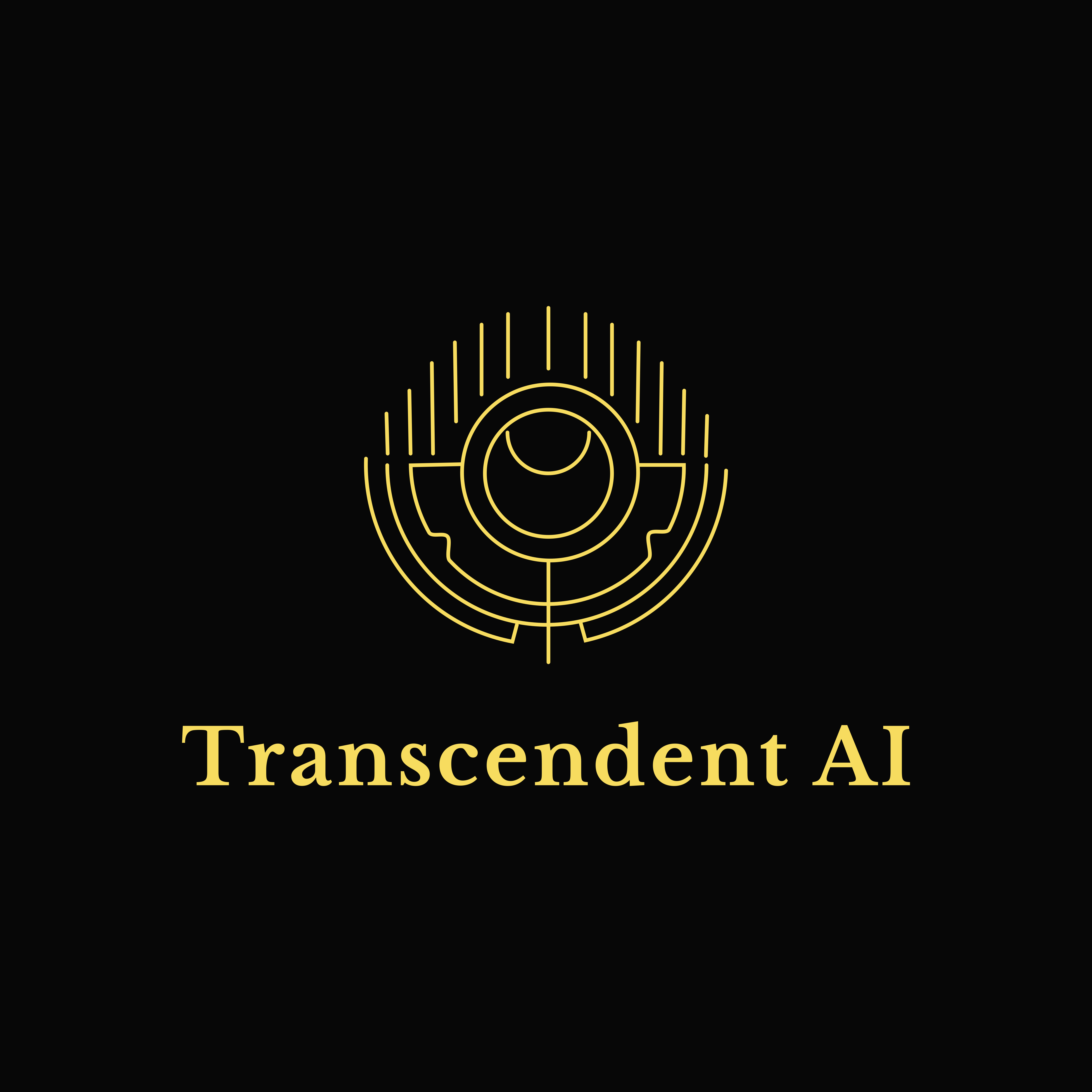Deep Learning for Medical Diagnosis: A Look into the Advancements
In recent years, deep learning has emerged as a game-changing technology in the field of medical diagnosis. Through the use of artificial neural networks, deep learning algorithms have become exceptionally proficient in detecting patterns and making accurate predictions. This advancement has paved the way for significant developments in numerous medical fields, including Robotics.
Robotic technology has already made significant breakthroughs in medical diagnostics and treatment. However, the integration of deep learning algorithms has further enhanced the capabilities of these medical robots. By incorporating deep learning techniques, robots can now analyze massive amounts of medical data, enabling them to diagnose diseases and conditions with an unprecedented level of accuracy.
One area where deep learning has showcased its potential is in the detection of cancer. With the increasing prevalence of this deadly disease, early detection plays a crucial role in improving patient outcomes. Deep learning algorithms have demonstrated an incredible ability to analyze medical images, such as mammograms and CT scans, accurately identifying cancerous tumors at an early stage. By leveraging deep learning algorithms, robotics can now effectively assist radiologists in detecting and diagnosing cancer, significantly improving the chances of successful treatment.
Moreover, deep learning also holds immense promise in the field of surgical robotics. Complex surgical procedures require precision and accuracy, and any errors can have severe consequences for patients. By integrating deep learning algorithms into surgical robots, doctors can benefit from real-time guidance and assistance during surgeries. Robots equipped with deep learning capabilities can analyze medical data, such as preoperative medical images, genetic information, and patient records, to provide surgeons with valuable insights and recommendations. This integration not only minimizes the risk of errors but also enhances the overall performance and efficiency of surgical procedures.
Additionally, deep learning algorithms have enabled advancements in the field of prosthetics. Prosthetic limbs equipped with deep learning capabilities can provide users with a more intuitive and seamless experience. These prosthetics can learn the user’s movement patterns and adjust their functionality accordingly, allowing for a more natural and efficient interaction. By combining deep learning algorithms with robotics, patients with limb loss can regain a higher degree of independence and quality of life.
As with any emerging technology, there are challenges that need to be addressed when integrating deep learning into medical robotics. Ensuring patient safety, maintaining data privacy, and regulatory concerns are some of the key areas that need careful attention and consideration.
In conclusion, deep learning has ushered in a new era in medical diagnosis, and its integration with robotics has revolutionized the field. From cancer detection to surgical guidance and prosthetics, the advancements enabled by deep learning are transforming medical practice. While challenges remain, the future looks promising as deep learning continues to shape the future of medical robotics, ultimately improving patient outcomes and enhancing the overall healthcare experience.
************
Want to get more details?
Transcendent AI
https://www.transcendent-ai.com/
Welcome to Transcendent AI, your go-to website for the latest advancements and future of Artificial Intelligence (AI). Our website primarily focuses on providing insightful content, including blog articles, news, and in-depth analysis, on the various AI technologies and their applications. At Transcendent AI, we believe that AI has the potential to transform our world and our lives in the years to come.
